Your garden is under attack—and the cavalry is coming from the soil. June doesn’t mess around. The bugs are bold, the sun is relentless, and your plants? They need backup. Forget the sprays and the midnight slug hunts. Some crops fight their own battles—and yours too. They lure, trap, repel, and protect, all while growing like they’ve got something to prove. These are your garden’s secret weapons. Ten plants that keep everything thriving, plus five that send pests packing without you lifting a finger. No capes. No chemicals. Just roots, leaves, and a serious attitude.
Marigold
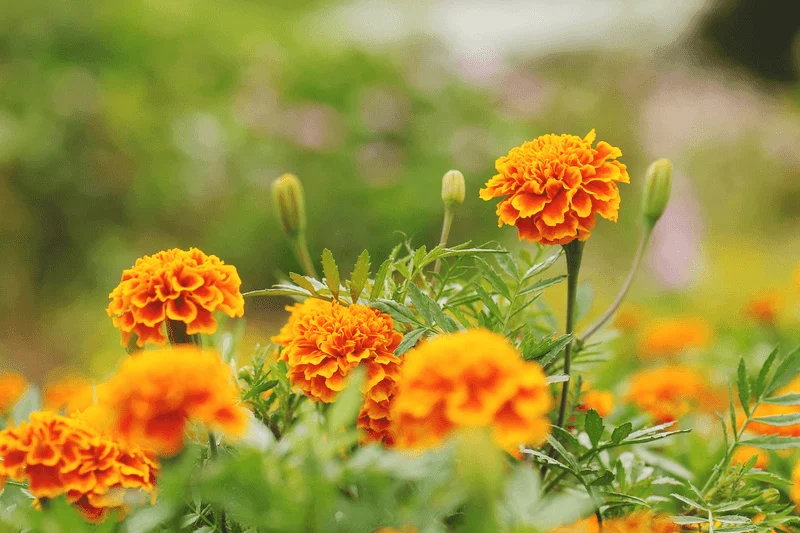
Bursting with vibrant colors, marigolds are garden champions. Their bright petals are not just visually appealing but also serve a practical purpose. Marigolds naturally repel nematodes, tiny worms that can wreak havoc on plant roots. Planting them near tomatoes or cucumbers can create a protective barrier.
Their pungent scent also discourages whiteflies and aphids, ensuring your garden remains pest-free. Beyond their defensive qualities, marigolds are easy to grow and flourish in sunny spots. A garden staple, they bring both beauty and protection to your June garden.
Borage
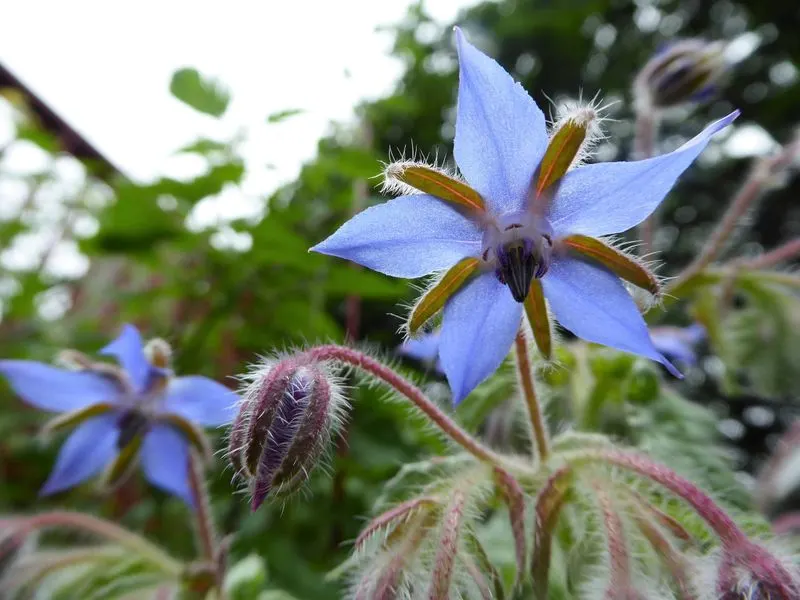
Known for its star-shaped blue flowers, borage is a garden’s best friend. This herb attracts pollinators like bees and butterflies, enhancing the pollination of nearby plants. Borage also acts as a natural deterrent for hornworms, which can devastate tomato plants.
Its leaves are edible, adding a cucumber-like flavor to salads. As a companion plant, borage increases the resiliency of strawberries by improving resistance to disease. A touch of whimsy in appearance, this plant offers both utility and charm to any garden.
Nasturtium
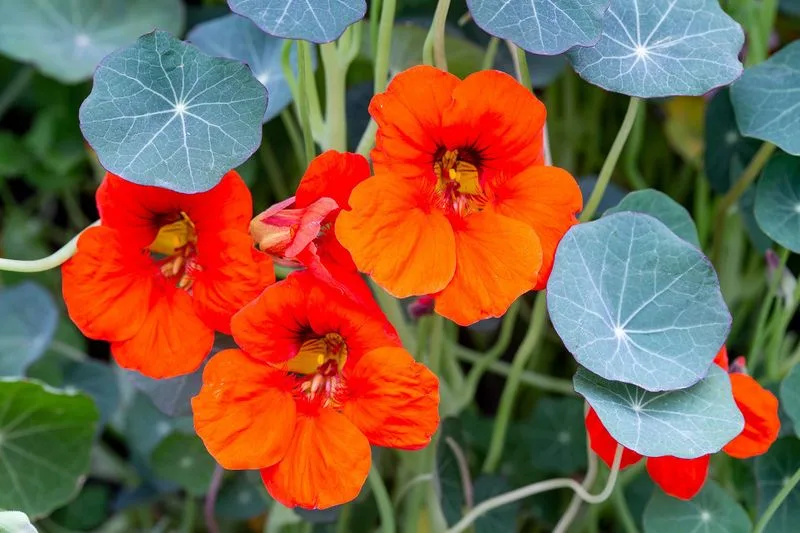
Nasturtiums are more than just a pretty face in the garden. With their vivid reds, yellows, and oranges, they add a splash of color. However, their greatest asset is their ability to lure aphids away from other plants.
By acting as a trap crop, nasturtiums protect vegetables like cabbages and radishes from infestations. Additionally, every part of the plant is edible, offering a peppery taste to salads. Their dual role as both protector and provider makes nasturtiums a must-have for June.
Lavender

Lavender, with its soothing fragrance, offers more than just olfactory delights. This perennial is renowned for repelling mosquitoes, making it ideal for garden borders.
Its aromatic oils deter moths and fleas, offering protection beyond the garden. When in bloom, lavender attracts pollinators, ensuring your garden stays vibrant and productive. Besides its pest-repelling qualities, lavender can be harvested and used in various culinary dishes, teas, and crafts. Its versatility and beauty make it an essential June choice.
Sunflower

Sunflowers stand tall as guardians of the garden. Their height and sturdy stems make them a natural trellis for climbing plants like beans. Sunflowers also attract beneficial insects, such as ladybugs and lacewings, which feed on harmful pests.
The seeds provide food for birds, drawing them into the garden where they help control insect populations. Beyond their ecological benefits, sunflowers bring joy and cheer with their sunny disposition. This June, let sunflowers brighten your garden and safeguard your plants.
Mint

Mint, with its refreshing aroma, is a multitasker in the garden. Known for repelling ants, fleas, and even mice, mint’s scent is a natural deterrent for many pests.
Growing it in pots can prevent its invasive spread while still benefiting from its protective qualities. Mint also attracts beneficial insects like hoverflies, which prey on aphids. Use its leaves in teas, salads, and desserts. This resilient herb adds both flavor and function, ensuring a harmonious garden environment in June.
Basil

Sweet basil not only enhances culinary dishes but also serves as a garden guardian. Its strong aroma repels mosquitoes and flies, making it a natural choice for outdoor gatherings.
Planting basil near tomatoes can enhance their growth and flavor, a classic companion planting strategy. This herb also attracts pollinators, ensuring a thriving garden. Beyond its pest-repelling abilities, basil offers lush greenery and aromatic benefits, enriching any June garden.
Thyme
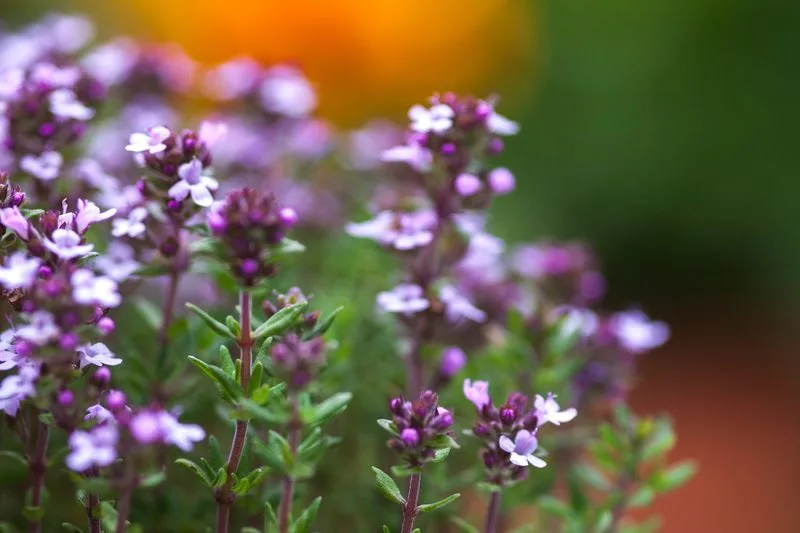
Thyme is a subtle yet powerful herb. Its aromatic oils deter cabbage worms, whiteflies, and other common pests, offering protection to surrounding plants.
This herb thrives in well-drained soil and sunny spots, making it versatile for various garden layouts. Thyme’s purple flowers attract bees, promoting pollination throughout the garden. Use its leaves in culinary delights, as their flavor complements many dishes. The dual purpose of thyme as both protector and culinary herb makes it a valuable June addition.
Chives
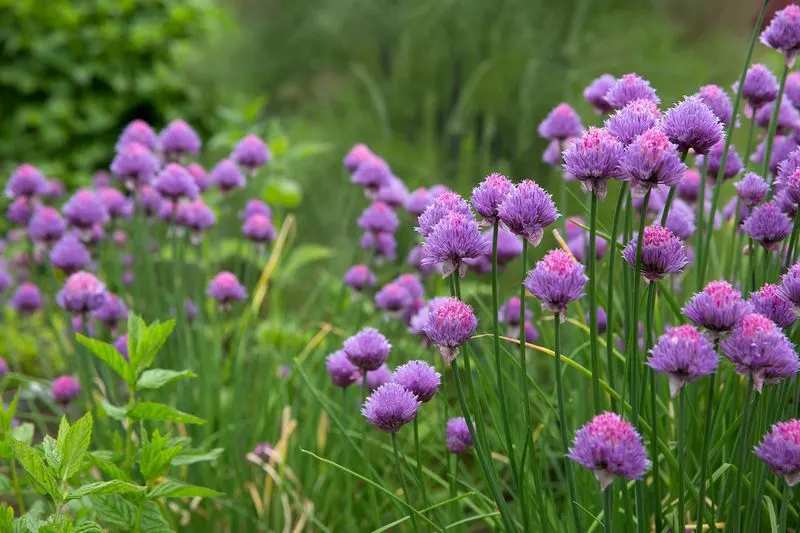
Chives offer more than just a burst of flavor. Their onion-like scent is a natural deterrent for aphids, Japanese beetles, and carrot flies, providing a shield for nearby plants.
As a perennial, chives return year after year, making them a long-term ally in the garden. Their purple blossoms attract pollinators, boosting the productivity of other plants. Besides their pest-controlling prowess, chives can be harvested for culinary uses, adding a mild onion flavor to dishes. A reliable addition to any June garden.
Catnip
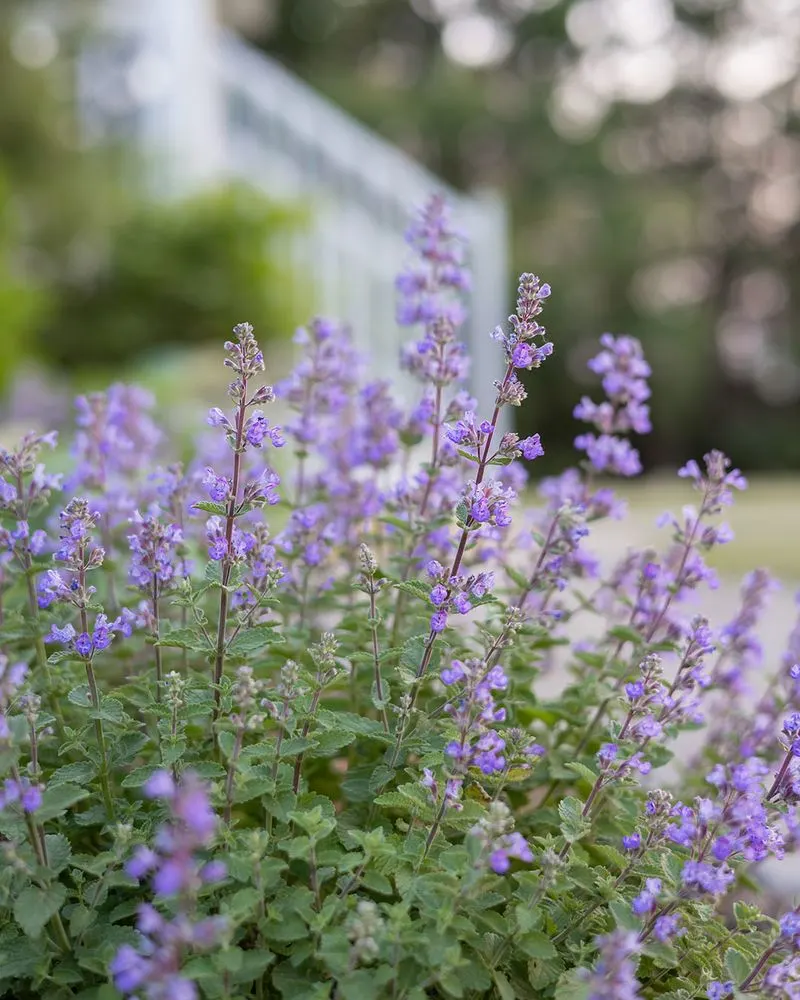
Catnip, often loved by cats, is also a garden asset. Its potent aroma repels mosquitoes and aphids, creating a safer haven for other plants.
Planting catnip near vegetables can deter flea beetles, which are known for damaging seedlings. Its white and lavender blooms attract beneficial insects, contributing to a balanced garden ecosystem. While cats might enjoy its effects, gardeners will appreciate its pest-repelling qualities. A strategic addition to any June garden, catnip ensures both protection and biodiversity.
Garlic
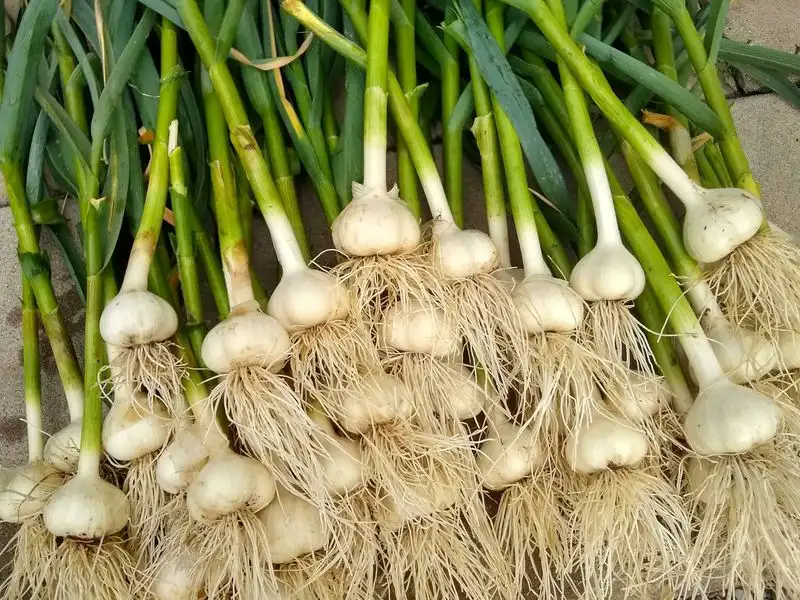
Growing garlic in your garden offers a multitude of benefits. Its pungent aroma deters pests like aphids and spider mites, providing a natural shield for other plants.
Garlic’s presence also improves soil health, acting as a natural fungicide. When harvested, garlic bulbs are a versatile addition to culinary dishes, adding depth and flavor. This dual-purpose crop is both a protector and provider, making it a valuable choice for June. Enjoy the robust defense it offers, along with its culinary delights.
Onions
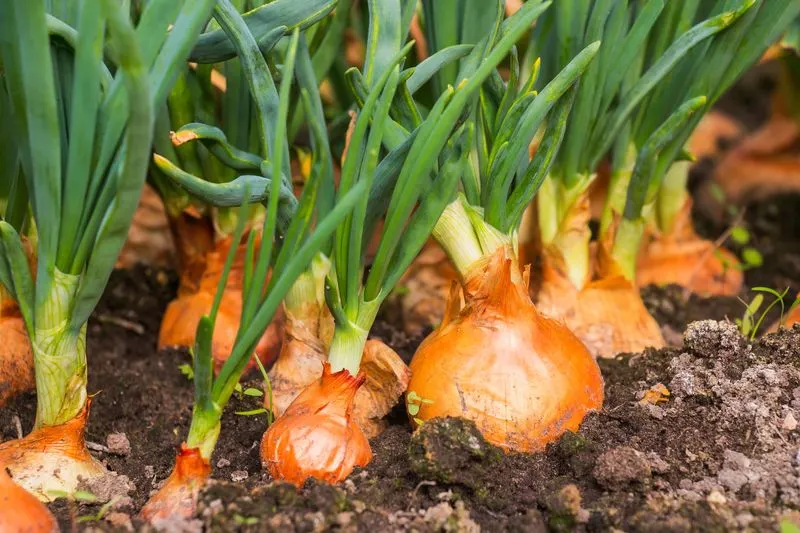
Onions offer more than culinary benefits; they are a strategic ally in the garden. Their strong scent repels pests like aphids, carrot flies, and even rabbits, safeguarding surrounding crops.
Onions can be interplanted with carrots to confuse carrot flies, reducing infestations. As they grow, onions also help improve soil structure. Beyond their pest-controlling capabilities, onions can be harvested for their flavorful bulbs, enhancing various dishes. A staple in the garden, onions provide protection and sustenance in June.
Radishes
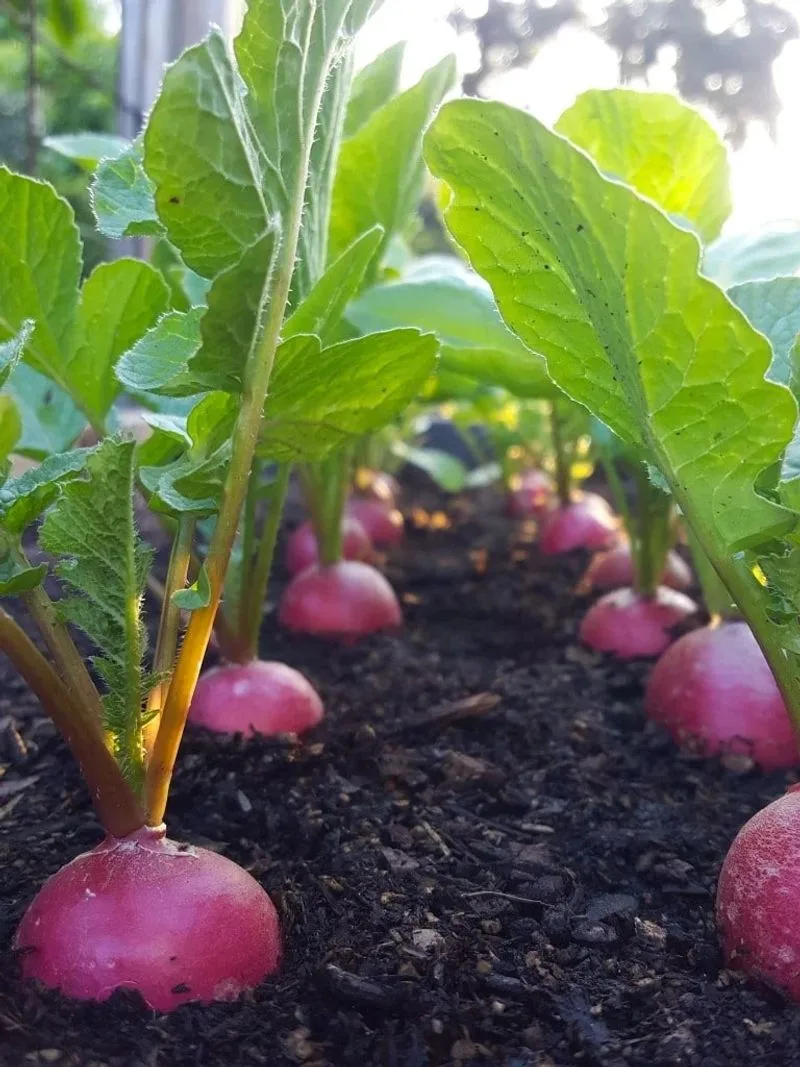
Radishes are not only quick-growing and nutritious but also serve as a pest deterrent. Their peppery scent repels cucumber beetles, making them ideal companions for cucumbers.
Planting radishes around the edges of your garden can deter various insects, protecting more sensitive crops. As a cool-season crop, radishes thrive in early summer, offering a crunchy and spicy addition to salads. Beyond their protective role, radishes enrich the garden with their vibrant red roots and leafy greens, making them a valuable June choice.
Cucumbers
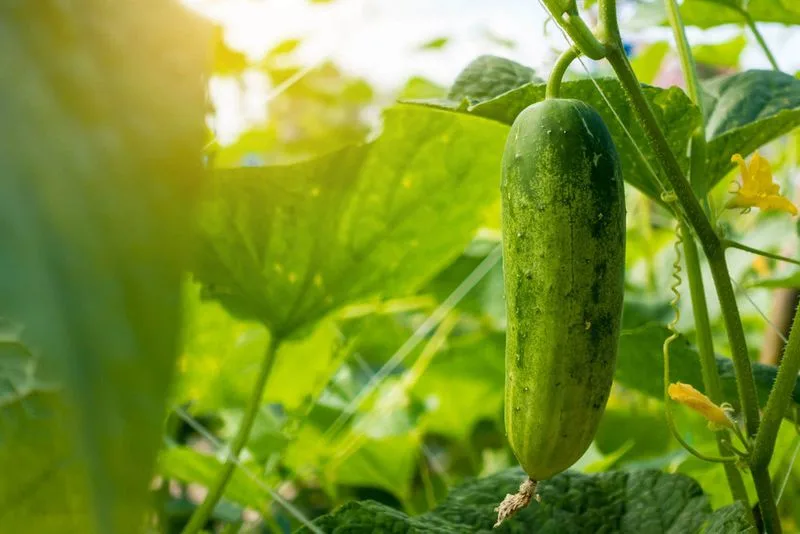
Cucumbers, often enjoyed for their refreshing crunch, can also aid in pest control. Their vines provide shade and ground cover, suppressing weed growth naturally.
The presence of cucumber plants can deter pests like ants and wasps, creating a safer environment for surrounding crops. Cucumbers thrive in the summer heat, producing abundant harvests. Enjoy their crisp texture in salads and pickles. With their dual role of providing food and protection, cucumbers are a rewarding addition to any June garden.
Squash

Squash plants, with their broad leaves and bright flowers, serve as ground cover, reducing weed growth. Their presence can deter pests like squash vine borers and beetles, protecting other plants.
By planting squash, gardeners can enjoy both summer and winter varieties, offering versatility in culinary uses. The plant’s large leaves also provide shade, helping to retain soil moisture. Beyond their protective abilities, squash plants produce delicious fruits, making them a staple for any garden. Experience their bounty this June.

